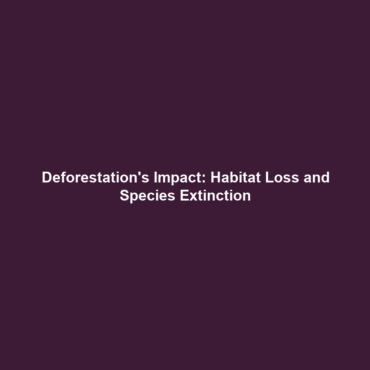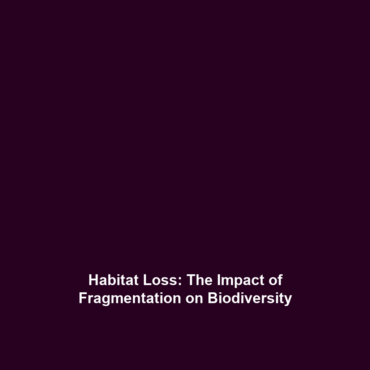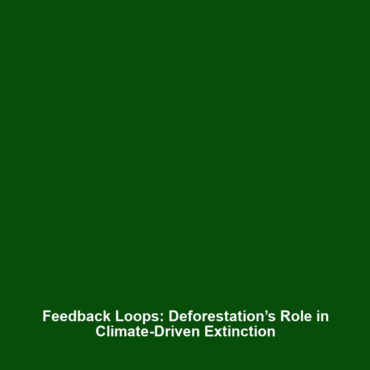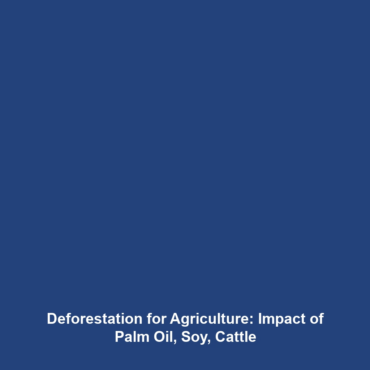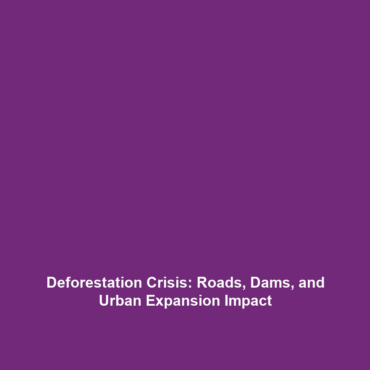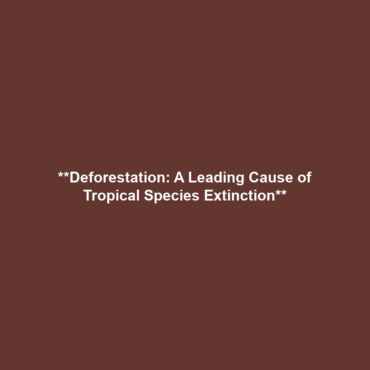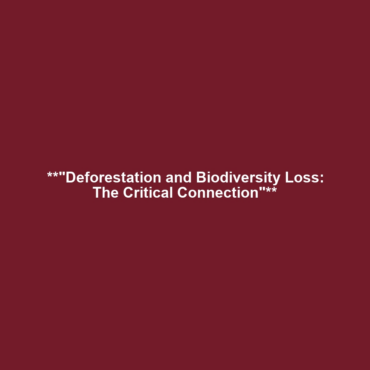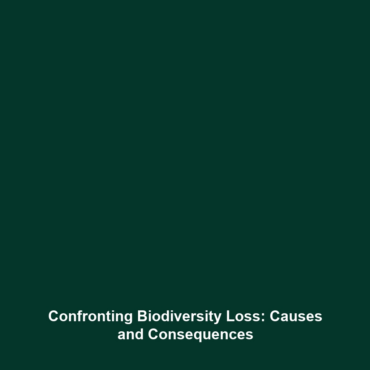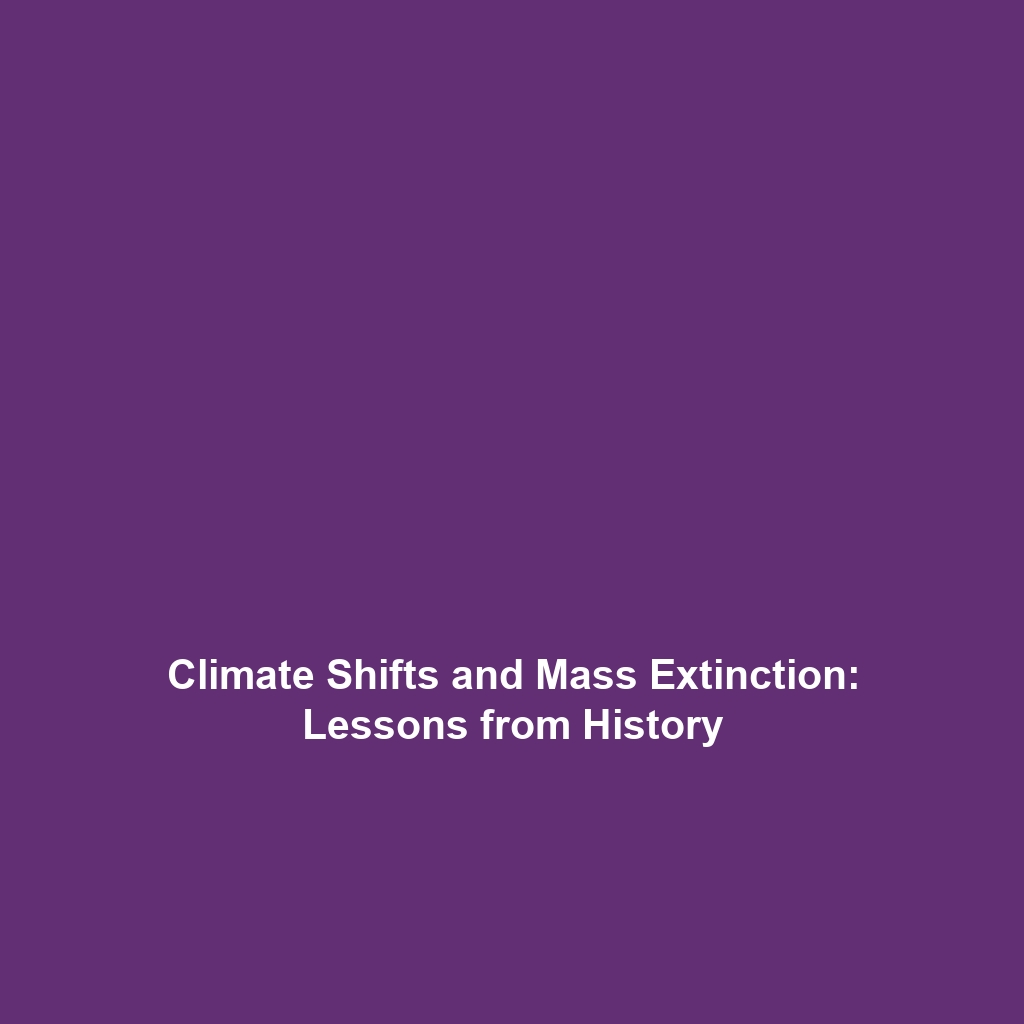How Deforestation Leads to the Destruction of Habitats, Driving Species Extinction
Introduction: Deforestation is a critical environmental issue that not only alters landscapes but also directly leads to habitat destruction, significantly impacting biodiversity. The clearing of forests to make way for agriculture, urban development, and logging results in the loss of wildlife habitats, which in turn drives species towards extinction. Understanding how deforestation contributes to this phenomenon is crucial for conservation efforts and highlights the urgency of addressing the broader context of deforestation and biodiversity loss. Protecting ecosystems is vital for maintaining biodiversity and ensuring the survival of countless species.
Key Concepts
Deforestation encompasses various concepts that are pivotal in understanding its detrimental effects on ecosystems:
- Habitat Destruction: Deforestation leads to the fragmentation of habitats, isolating species and making it difficult for them to find food and mates.
- Loss of Biodiversity: The elimination of tree cover disrupts ecosystems, resulting in the decline of various flora and fauna, ultimately threatening species survival.
- Climate Change: Trees play a significant role in carbon sequestration; deforestation contributes to increased greenhouse gas emissions, further exacerbating biodiversity loss.
Applications and Real-World Uses
Understanding how deforestation leads to habitat destruction and species extinction has significant practical implications:
- Conservation Strategies: Knowledge of the impacts of deforestation informs strategies for preserving endangered species.
- Sustainable Development: This understanding encourages the implementation of sustainable land-use practices to balance economic growth with environmental protection.
- Policy Making: Insights into how habitat destruction affects biodiversity can shape environmental legislation, promoting forest conservation.
Current Challenges
Despite significant progress in understanding the impact of deforestation, several challenges persist:
- Data Collection: Inaccurate or incomplete data can hinder effective policymaking and conservation efforts.
- Economic Pressures: Short-term economic benefits from deforestation often outweigh long-term ecological considerations.
- Public Awareness: There is a lack of awareness regarding the long-term consequences of habitat loss, complicating conservation work.
Future Research and Innovations
Looking ahead, several innovations and research efforts aim to address the challenges posed by deforestation:
- Remote Sensing Technology: Advances in satellite imagery can help monitor deforestation patterns and assess biodiversity changes.
- Genetic Studies: Research into species genetics may offer insights into resilience and adaptability amid changing habitats.
- Restoration Ecology: Techniques aimed at restoring degraded habitats are gaining attention as a means to counteract biodiversity loss.
Conclusion
In summary, the relationship between deforestation and the destruction of habitats is a pressing environmental issue that drives species extinction. The insights gained from studying this relationship underscore the importance of conservation and the need for sustainable practices. To combat deforestation and mitigate its effects on biodiversity, it is essential for individuals, communities, and policymakers to advocate for responsible resource management and environmental policies. For more information on conservation efforts and related topics, consider exploring our articles on [habitat restoration](#) and [sustainable forestry practices](#).
